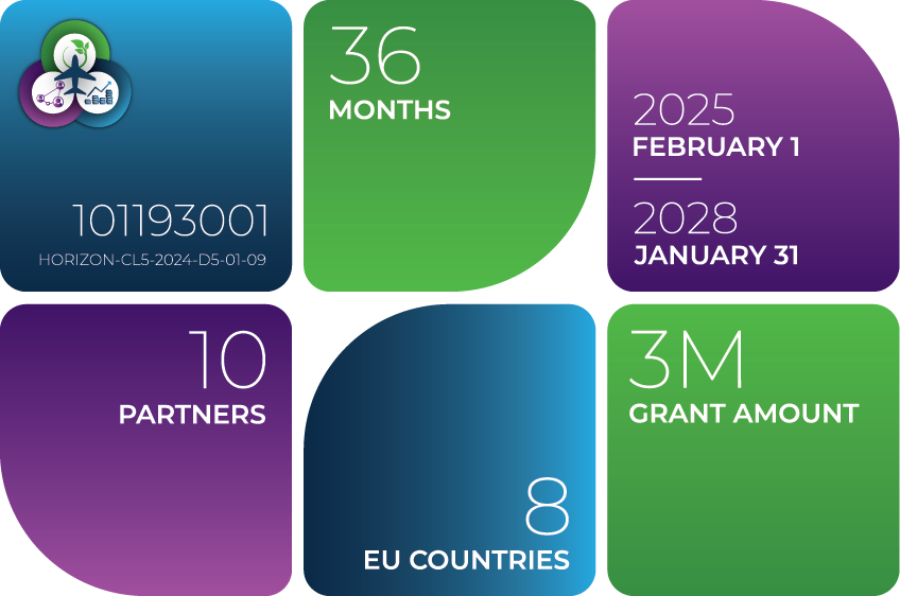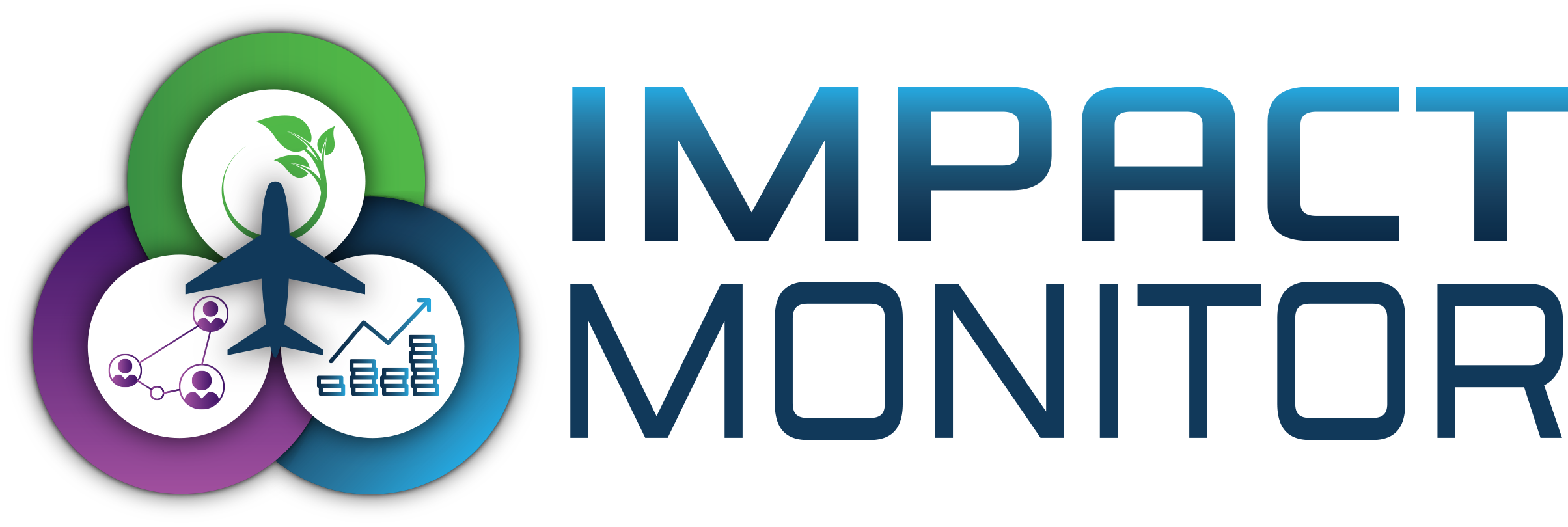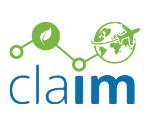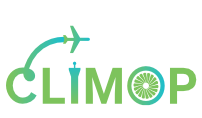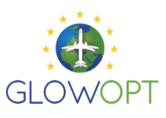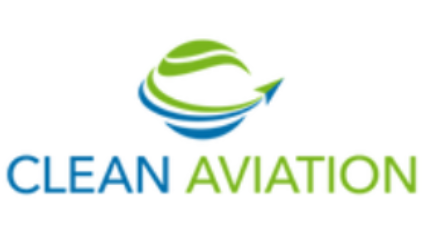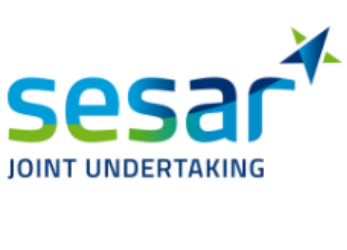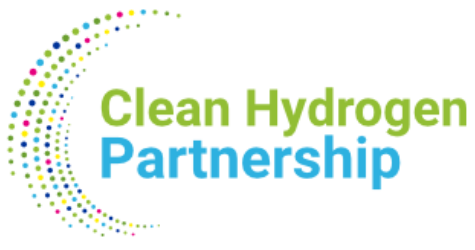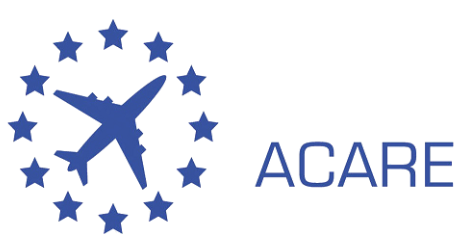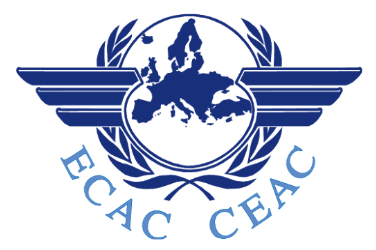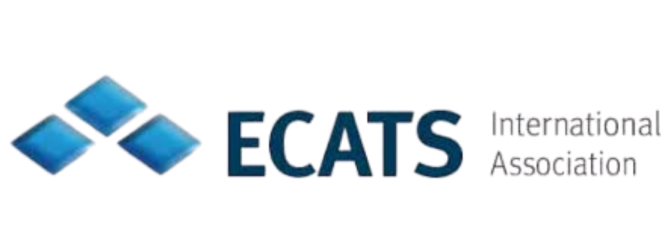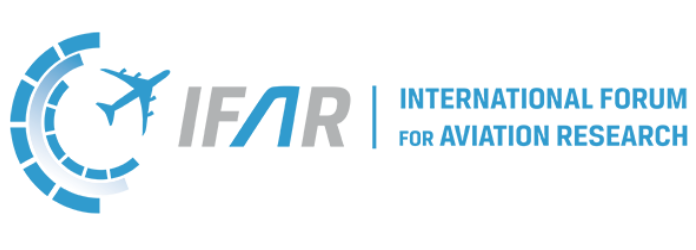Work Plan
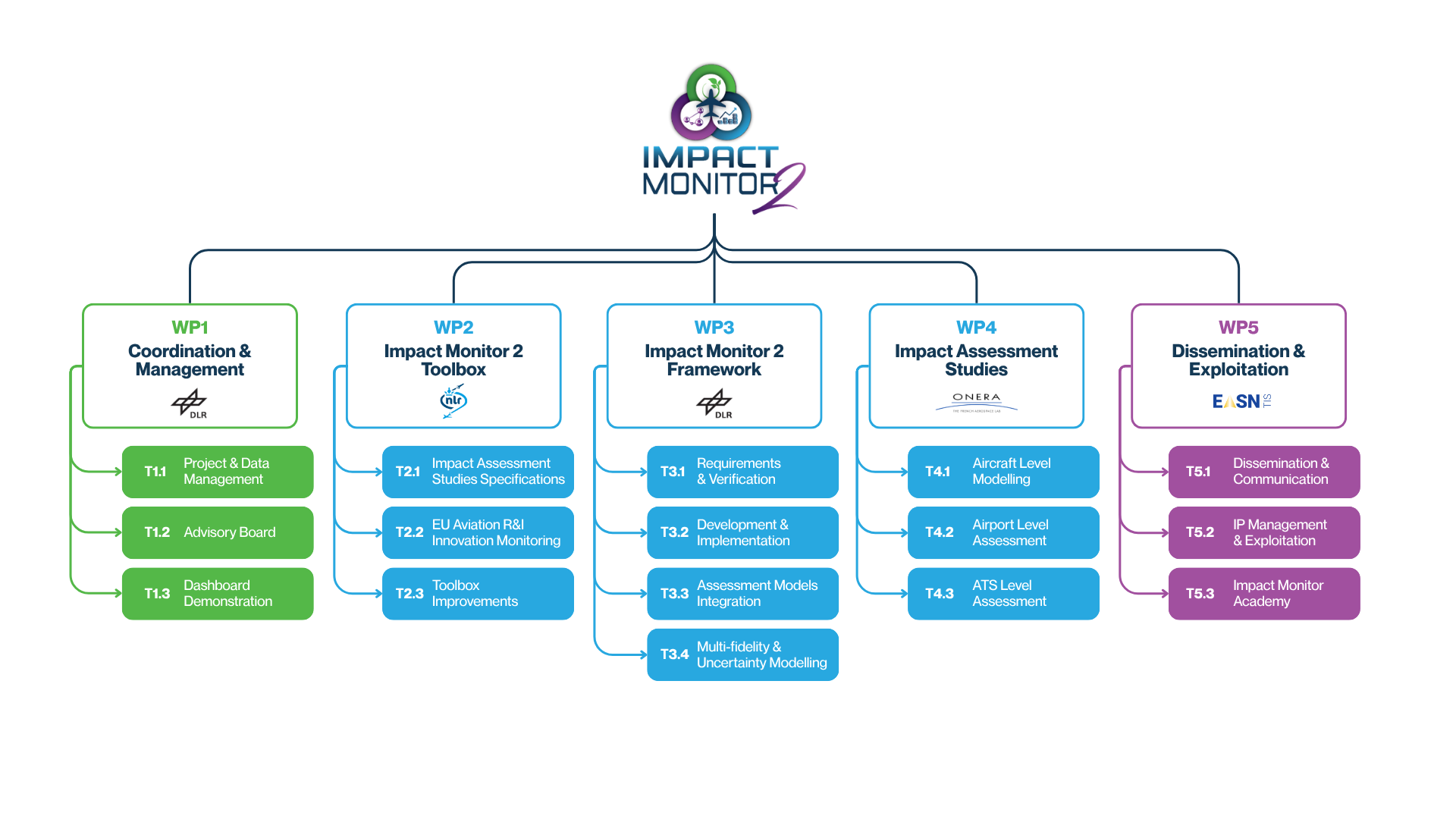
The objective of WP1 is to lead the coordination of the Impact Monitor 2 project to ensure the quality of the project. This includes progress and risks monitoring, efficient data management, as well as management of the project and ensuring timely delivery of the results.
Additionally, WP1 includes the exchanges with the external Advisory Board, which is established to independently asses the framework & toolbox capabilities and provide inputs during the specification and review of the preliminary impact assessment studies.
The demonstration of the Impact Monitor 2 dashboard application for impact assessment will be carried out under this task, in liaison with related Horizon Europe R&I actions and Clean Aviation & SESAR 3 projects.
The following objectives are tackled by WP2:
- Applying the already established reference Toolbox (developed in the Impact Monitor project) to specify the preliminary impact assessments to be conducted in WP4, and identifying needs for improvement to this Toolbox that emerge from this application;
- Monitoring of European aviation R&I actions regarding stakeholder and impact-assessment needs as well as regarding impact-assessment methodologies and models, and identifying needs for improvement to the already established reference Toolbox that emerge from this monitoring;
- Improving the already established reference Toolbox based on the identified needs for improvement.
WP3 will provide methods and tools supporting the collaborative multi-fidelity assessments tackled in the project. These methods and tools will be part of the so called Digital Collaborative Impact Monitor 2 Framework, which will leverage approaches as Model-Based Systems Engineering (MBSE), Multidisciplinary Design, Analysis and Optimization (MDAO), Uncertainty Quantification (UQ), multi-criteria trade-off and Decision Making (DM). A dashboard for the visualization of results will be developed and linked to the framework, hence supporting the assessment of the case studies.
WP4 covers the assessment studies utilizing the collaborative framework, enhanced in WP3. These studies aim to assess environmental, climate, and competitiveness and will focus on two primary assessment levels: airport and air transport system levels. The studies specification, in terms of scenarios, model’s selection and metrics, will be delivered by WP2, early in the project course. Assumptions regarding the Clean Aviation technologies at Aircraft levels will be checked through dedicated workshops organized in WP1. Assessment studies will be set up and operated taking advantage of the collaborative framework delivered by WP3.
The following objectives are tackled by WP4:
- Create consistent aircraft models incorporating technological advancements for both aircraft and engines
- Define, implement and operate assessment studies airport and air-transport system levels at tailored to the project identified stakeholders to produce environmental, economic and societal metrics.
- Assess the potential impact of technology advancements linked to Clean Aviation on reducing emissions and improving efficiency.
- Assess the effectiveness of operations under the SESAR framework in optimizing air traffic management and reducing environmental impact.
- Explore the combined impact of technological advancements and operational improvements on the European aviation sector.
- Provide recommendations for policymakers, industry stakeholders, and researchers based on the assessment results.
The overall goal of WP5 is to effectively disseminate, communicate and exploit the results and achievements of Impact Monitor 2, thus ensuring the project has the maximum possible impact on the EU research community. Building on the successful strategy implemented in Impact Monitor, the specific objectives of this WP include:
- Updating and enriching the effective dissemination, communication and exploitation strategy of Impact Monitor
- Ensuring wide-scale uptake of project results through comprehensive dissemination and communication activities towards each identified target group
- Guaranteeing the regular publication of achievements and lessons learnt through scientific ad nonscientific publications, conferences/workshops/events and local and international media/press during but also beyond the end of the project
- Creating awareness for the societal benefits of the project outcomes by targeting the general public
- Monitoring the protection and management of the knowledge created in the project, and at the same time ensure open access to the results achieved within the project
- Developing synergies with other projects in related technological fields
- Contributing to the connection of aviation R&I with education and skills via the organization of the Impact Monitor Academy
- Ensuring efficient management of the data produced in the context of the project implementation
- Contribute, upon invitation by the CINEA, to common information and dissemination activities to increase the visibility and synergies between HE/H2020 supported actions.
